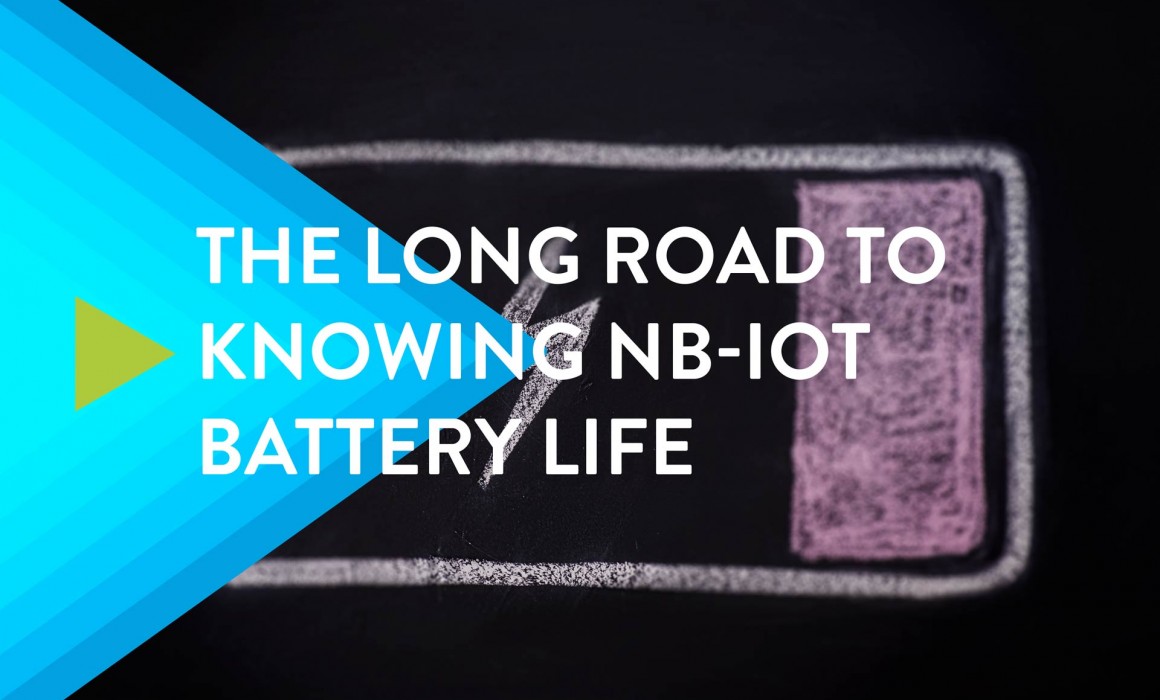LTE-M battery life, Theory versus Praxis
Lessons Learned or History Repeated?
One of the lessons that have been repeated over and over again throughout the cellular generations is that the theoretical performance, that which is designed and specified in the standards is not reflected in the real world. Such was the case with 2.5G (GPRS), 2.75G (EDGE), or 3.5G (HSPA+) and even LTE. The standards bodies write up specifications that have certain performance requirements and technologies are put together to try and meet those performance specifications. LTE has a theoretical speed of 100 Mbps. But according to Open Signal—a well-respected open-source reporting agency on the cellular experience around the world—the average LTE speed around the world (as of November 2016) is only 17.4 Mbps. In other words, if the target is 100 Mbps, then real-world LTE is only hitting 17.4% of its theoretical capability. This simply fits the pattern: real-world performance of cellular technologies fall short—far short—of their expected performance.
The point here isn’t to disparage LTE, far from it. LTE is the workhorse of cellular, powerful, and serves consumers and businesses very well. The point is to show that while 3GPP, at least until very recently, touted 10+ years of battery life, it is likely that it will fall far short once it hits the real world. If, as a hypothetical, LTE-M were to meet its battery projections like LTE meets its throughput specs, then it would last only 1 year and 9 months, or 17.4% of 10 years. While that is obviously conjecture, what isn’t is the fact that LTE-M’s actual battery-life performance is yet to be borne out.
And that is really the major problem here, nobody knows LTE-M’s actual battery life because battery-life can’t be known until the final technology is deployed on a real device, on an actual commercial network, in real-world conditions.
Here are the steps to really knowing LTE-M’s battery life:
- Finalize the written standard
- Build a chip to the completed standard
- Build an actual commercial product with the chip integrated
- Assess chip performance in device in lab conditions
- Deploy in real world conditions and confirm battery life performance
Until that day when all five steps are completed nobody can really know.












